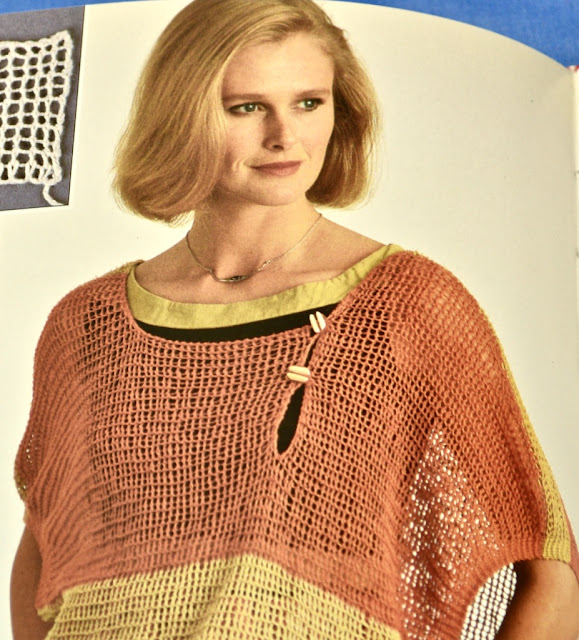 |
| Montse Stanley - The Handknitter's Handbook, Publisher: David and Charles |
Writing a review on Montse Stanley's Handknitter's Handbook has been on my ever expanding to-do-list for a while now and, thankfully, I am finally getting round to doing so. Since I got my hands on this book, it has become an indispensable companion in my knitting adventures; and despite the abundance of readily available digital resources, I am continuing to enjoy the luxury of having a hardcopy reference on my bookshelf, which I can pick-up, consult and browse without the need for an electronic device.
Stanley's guide claims to be a 'comprehensive guide to the principles and techniques of handknitting' and I wholeheartedly agree. This book does exactly what it says on the tin / cover. Whilst the Handknitter's Handbook is not an instructional book for aspiring or complete beginner knitters, those familiar with the basics and especially knitters, who enjoy designing their own projects, will find this to be an invaluable, encyclopaedic compendium, covering a wide array of topics from the very basics to advanced techniques with clear instructions and a wealth of technical illustrations and diagrams.
Excluding the author's introduction, the stitch and row tables and the thorough index at the very end of the book, the guide is clearly structured into four parts:
- The Basics, including chapters on holding the work, equipment and different types of yarn
- Get Clicking, providing exhaustive instructions on technical topics such as cast-ons and bind-offs, in- and decreases, colour knitting, bead knitting, edges and selvedges, pockets, pleats as well as slits and buttonholes, raised patterns and special throws
- Final Touches, covering finishing techniques such as grafting, seams and joins, fastenings, wiggle-woggles, embroidery and cords, cloth additions and darning
- Pattern Instructions, guiding the knitter on how to read and execute both written and charted patterns
- Help, focussing on ironing out mishaps without having to undo all the work and the topic of recycling yarn
All of the technical information presented within the 320 pages of this book is written clearly and accompanied by 656 two-colour illustrations as well as references to other relevant topics throughout.
So, if you ever need to cross-reference a particular technique or are, for example, unsure which cast-on or bind-off to use for a given project, this book will likely present you with the solution.
Below I have included a number of illustrations from the Handbook to showcase the quality of the visual guides and diagrams by Elaine Franks, the illustrator.
 |
| Montse Stanley's The Handknitter's Handbook, Illustration by Elaine Franks, Publisher David and Charles |
 |
| Montse Stanley's The Handknitter's Handbook, Illustration by Elaine Franks, Publisher: David and Charles |
 |
| Montse Stanley's The Handknitter's Handbook, Illustration by Elaine Franks, Publisher: David and Charles |
 |
| Montse Stanley's The Handknitter's Handbook, Illustration by Elaine Franks, Publisher: David and Charles |
As is to be expected, this guide does not include any knitting or stitch patterns, but there are a number of colour photographs, which are used to showcase the application of the techniques discussed in the text.
I have included two examples below:
 |
| Montse Stanley's The Handknitter's Handbook, Publisher: David and Charles |
 |
| Montse Stanley's The Handknitter's Handbook, David and Charles |
First published in 1986 and reprinted until the mid 1990s, it is true that the Handknitter's Handbook has a certain vintage quality to it. Yet, the techniques and design principles presented are timeless, making this an invaluable companion for every contemporary knitter, who is serious about the craft.
Whilst in print around 200000 copies of the book were sold. Though now sadly out of print, it is still possible to pick-up a reasonably-priced edition of the Handknitter's Handbook from antiquarian booksellers and I would highly recommend this book to any knitter. It will be a worthwhile addition to your knitting bookshelf.
Whilst in print around 200000 copies of the book were sold. Though now sadly out of print, it is still possible to pick-up a reasonably-priced edition of the Handknitter's Handbook from antiquarian booksellers and I would highly recommend this book to any knitter. It will be a worthwhile addition to your knitting bookshelf.
No comments:
Post a Comment